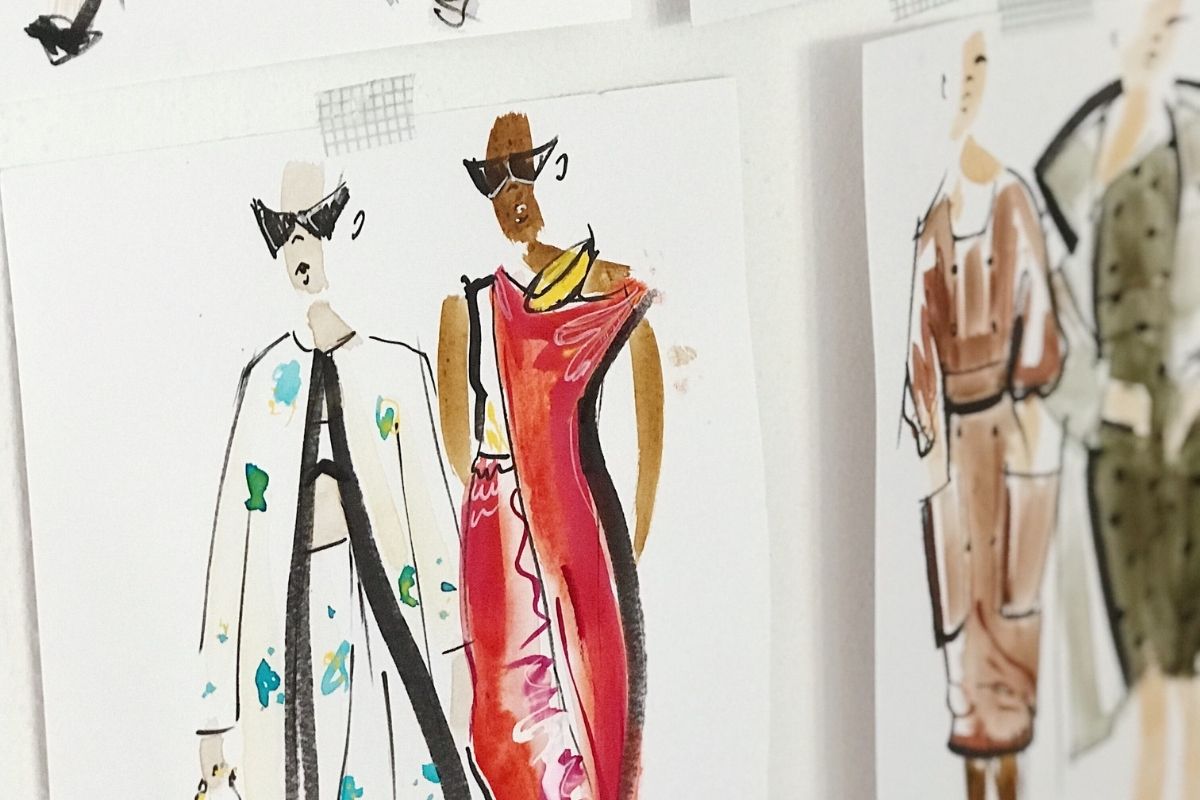Costing Production & Production Units: What Are SKU Talkin’ Bout?
SKU is a standard-keeping unit that’s associated with the barcode on your product. An SKU differentiates between styles, sizes, colors, and other technical features. It’s usually a number and a letter combination, which translates easily between languages and makes it simple to track without confusing people.
It’s also associated with the barcode you use when telling items in a store or online. It allows you to keep track of which colors, styles, and sizes sell better. You can use this data to determine which types of products you need to make more or less of in the future. Pay attention to the data associated with each SKU so that you can make sound financial decisions.
The challenge with footwear is that there are so many SKUs to create for just one style. Decide whether you want a range from a size 5 to a size 13 or if you want a narrower size selection. It’s better to have a wider range of shoe sizes because shoe sizes vary so much. This means that shoes will always need to have many SKUs. Then you have to consider whether you want to make them wide, narrow, or with half-sizes.
Variety is good for customers because they want an extensive selection. But when there are so many SKUs and you have to create different tech packs for each, it often causes confusion in manufacturing.


